|
Discover 12 effective strategies for teachers to find time for writing conferences and provide feedback to students with learning disabilities. These tips help optimize the writing conference process and enhance students' writing skills. Learn how to schedule, prioritize, and leverage technology to support your students' writing development. On demand writing prompts and exit tickets are excellent ways to quickly assess student writing and monitor progress. Writing conferences and providing feedback are essential components of effective teaching when it comes to developing students' writing skills. Here's a list of ways that teachers can find time to have writing conferences with students and provide feedback on their writing: 1-Create a structured schedule: Set aside specific times during the week dedicated to writing conferences. This regularity helps students anticipate and prepare for their conferences, while allowing teachers to manage their time effectively. Click HERE to grab this Writing Workshop Planner! 2-Utilize small-group conferences: Instead of meeting with students individually, consider holding small-group conferences. This approach allows teachers to provide feedback to multiple students at once, maximizing their time. You can choose to group students according to lagging skills if you want to take this one step further. 3-Rotate conference groups: If your class is large, divide students into smaller groups and rotate them for writing conferences. This ensures that every student receives feedback and attention, even if it's not during every session. 4-Save time with technology: Implement tip #1 and then apply it to giving feedback on a student's writing in Google Docs. Record a voice note after reading it! 5-Set conference goals and time limits: Prioritize specific goals for each writing conference, such as focusing on organization, sentence structure, or grammar. This might be the focus of your whole class mini-lesson at the start of your writing block. And additionally, establish time limits for each conference to ensure that both teacher and student stay on track. 6-Incorporate peer conferences: Encourage students to provide feedback to their peers during writing conferences. Peer conferences not only lighten the teacher's workload but also promote collaboration and peer learning. This does require explicit teaching and guidelines for giving feedback. For instance, perhaps after reading a peer's work, the reader can give one complement and one question to guide the writer's next steps. 7-Use written feedback: Instead of relying solely on face-to-face conferences, consider providing written feedback on students' work. This allows teachers to offer detailed comments and suggestions without needing to find extra time for conferences. 8-Allocate independent writing time: Designate periods in class specifically for independent writing. While students work on their assignments, the teacher can use this time to conference with individual students. 9-Collaborate with colleagues: Coordinate with other teachers who teach the same students or subjects. Sharing the workload and discussing students' progress and needs can help streamline the conference process. 10-Use mobile technology: Embrace mobile apps or tools that allow students to share their writing electronically. This enables teachers to provide feedback asynchronously, freeing up time during class for face-to-face conferences. 11-Prioritize conferences for struggling writers: Focus writing conferences on students who need additional support or have specific challenges with writing. This targeted approach ensures that those who require the most assistance receive the necessary attention. Click HERE to grab these writing conference tracking and feedback forms! Larger Longitudinal Writing Projects:And for larger longitudinal writing projects, here are some ideas to have writing conferences with students and provide feedback on their writing: 1-Set clear milestones: Break down the larger longitudinal writing projects into smaller milestones or checkpoints. This allows teachers to schedule conferences at specific stages of the project, providing timely feedback and guidance. 2-Plan conference cycles: Designate specific periods throughout the duration of the project for writing conferences. For example, schedule conferences at the beginning, middle, and end of each major phase or unit. 3-Create a conference sign-up system: Develop a sign-up system where students can reserve conference slots with the teacher. This allows both the teacher and students to plan and allocate time for individualized feedback sessions. 4-Use peer review sessions: Incorporate peer review sessions during the project to complement teacher conferences. Students can provide feedback to each other, alleviating some of the workload for the teacher while promoting collaborative learning. 5-Utilize asynchronous feedback: For longer writing projects, consider using written or recorded feedback to provide comments and suggestions to students. This allows teachers to dedicate more time to comprehensive feedback without the constraints of scheduling conferences for every student. 6-Use online collaboration tools: Leverage online collaboration tools such as Google Docs, Microsoft Word Online, or platforms like Padlet or Flipgrid. These tools enable teachers to provide real-time feedback, comments, and suggestions directly within the students' written work. 7-Allocate independent work time: Provide dedicated class time for students to work on their longitudinal writing projects. While students engage in independent work, the teacher can use this time to schedule conferences with individual students or small groups. 8-Prioritize conferences for struggling writers: Focus writing conferences on students who may be struggling or need additional support during the project. Identifying those who require extra attention ensures that their needs are addressed while optimizing the use of conference time. 9-Use online discussion boards or forums: Create online discussion boards or forums where students can share their progress and ask questions about their writing projects. This allows the teacher to provide feedback and guidance asynchronously, saving valuable class time for targeted conferences. 10-Collaborate with colleagues: Collaborate with other teachers who have the same students or teach the same subject to share the workload of conferences for longitudinal projects. By pooling resources and expertise, you can ensure that each student receives valuable feedback while reducing individual teacher workload. 11-Schedule dedicated conferencing days: Designate specific days solely for writing conferences during the course of the longitudinal project. This provides concentrated time for teachers to focus on providing feedback and guidance without other instructional responsibilities. 12-Communicate expectations and deadlines clearly: Clearly communicate the expectations, deadlines, and guidelines for the writing projects to students. When students have a clear understanding of the project requirements, they can independently work towards meeting them, reducing the need for frequent conferences. Remember, finding time for writing conferences and feedback requires careful planning and prioritization. By implementing some of these strategies, teachers can create a more supportive and effective learning environment for their students' writing development. In the world of teaching, finding time for writing conferences can be a rewarding challenge. It's an investment in your students' growth as writers, and ultimately, in their academic success. By implementing these strategies, you're not only improving your teaching but also making a significant impact on your students' writing abilities. Remember, it's all about creating a supportive and effective learning environment. So, take a deep breath, embrace the journey of teaching, and keep nurturing those budding writers. Together, we can help every student shine and reach their full potential. Happy conferencing, fellow educators! Happy Teaching! Miss Rae Related Resources...
0 Comments
5/2/2019 2 Comments I Hate Teaching Writing!Using Genre Study & Interactive Writing
I hate teaching writing, and I know it’s not just me.
Many teachers hate teaching writing. There is no magic button that activates brainstorming. Snapping your fingers won’t make the ideas organize into cohesive thoughts. It takes more than a twitch of a nose to pull, drag, and yank the words out of some of our students. And only if you could hold their hands to write, maybe then you could read it. Writing includes many processes from reading to spelling. It also involves varying skills from the basic tasks of writing such as letter formation (or in today’s world, this could include typing) to spelling and grammar to sentence and text structures. And these are only some of the processes and skills involved in writing. Since writing is comprised of so many intricacies, it is important to teach writing through a mixed approach. Students should progressively learn different forms of writing or genres by moving from product to process to product. Insert your thought bubble here: “That’s great, but what does that look like in the classroom?” Well, here’s the format I use for teaching writing (and, I don’t hate it): Genre Study The model I use is a genre study, tweaked to meet my students’ needs. Genre studies examine structural elements for patterns in collections of texts through an inquiry-based strategy. Common elements discovered across texts are what define genre. Essentially, each genre reflects participate language conventions or style and is written for a particular audience and purpose. After I have chosen the genre (i.e. narrative, argument) we are focusing on, I choose the texts that are the best models of that genre. For example, Little Red Riding Hood is a great model text for the genre of fairy tales. On immersion day, we are swamped with sample texts of our genre. For example, if we are writing narratives, I will provide students with varying examples of narrative texts. Examples include trade books, picture books, printed short stories, etc. I also incorporate technology through Google Classroom links to interactive stories online, text online, etc. Immersion may also include a read aloud of a mentor text for the genre. Students can take notes on what they notice about the text, or they can just observe. My students act as research scientists. At first, they just submerse themselves, skimming some texts, reading others, noticing the front covers or the inside illustrations. Then, they dissect the samples, taking notes as they go (i.e. I noticed many descriptive adjectives in the texts). We oscillate from independent research to group collaboration of ideas. After immersion, we discuss what we noticed about our genre as a whole group. As the teacher, I guide the discussion, facilitating key ideas of the genre to emerge and assure inclusion of innovative student observations, all the while creating an anchor chart of what we believe defines the genre. This chart remains posted throughout the year, and we add to it as we learn and become better writers. I then continue immersion by dissecting genre models. We begin with guided practice where I read aloud a genre mentor text and I model note taking my thoughts on the genre. Then, students work in collaborative groups, dissecting text samples in order to gain more exposure to the genre. Interactive Writing After students have gained an understanding of a genre’s language, audience, purpose, and style, we learn to become authors of this genre. My first step in transforming students into authors is to model writing the genre through interactive writing. Basically, we write a piece of text for the genre as a whole group. This models the writing process for the genre. Similar to the think alouds we use to model reading at the lower levels, interactive writing enables educators to model how good writers write. Students can help to write the piece in order to hear their voices as well as practice being writers. Interactive writing pieces can be considered exemplars for your students as well. Instead of using student samples as models or exemplars, consider using your interactive writing pieces. We use our lists or anchor charts of the key ideas that define the genre to create a rubric as a class to assess whether we met expectations for writing the genre. This gives students’ ownership over their learning and provides them with guidance for each stage of the writing process, including independent writing. Interactive Writing comes next, and this is considered guided practice. During this step, students write texts in stages. For example, when teaching narrative text, I will model writing a hook for a piece of text. We will discuss other hooks I could write. I will include student examples. Then, I will release the students to write a hook of their own. Students can write with a partner, in groups, or independently during this stage, depending on the groups’ needs. After we have written our own hooks, we will share some, giving feedback. Then, I will model writing the introduction through the interactive writing process. I will then have the students try it, share out, and discuss. I continue this process until we have a completed writing sample of the genre. Independent Practice The last step is to write! Students become authors and produce a final writing product, modeling the genre. I release my scaffolded supports to independent practice. For mini-lessons while students are in the independent writing phase, you can edit and revise the Interactive Writing pieces you wrote as a whole group. While independent, teachers can target writing skill needs. Lagging skills in writing should be targeted through small group and sometimes, specialized instruction. Deficits in writing should be supported with accommodations and/or modifications. So with this model, my feelings on teaching writing have changed...now, you can say I actually love teaching writing! ~ By Miss Rae |
CategoriesAll Comprehension CoPlanning CoTeaching Directed Reading DIY Fluency Fountas & Pinnell Graphic Organizers Guided Reading Lesson Planning Multi-Tiered Systems Of Support Phonological Awareness RAN Read And Respond Reading Reading Assessments Reading Comprehension Response To Intervention RTI Science Of Reading Science Of Reading For Special Education Teachers Special Education Special Education Eligibility Special Education Lesson Planning Teaching Strategy Visualizing & Verbalizing Visual Texts Vocabulary Writing Writing In Response To Reading |
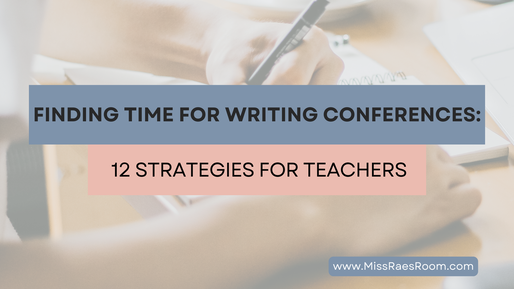
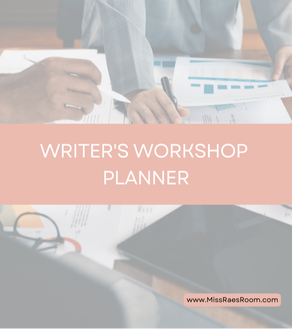
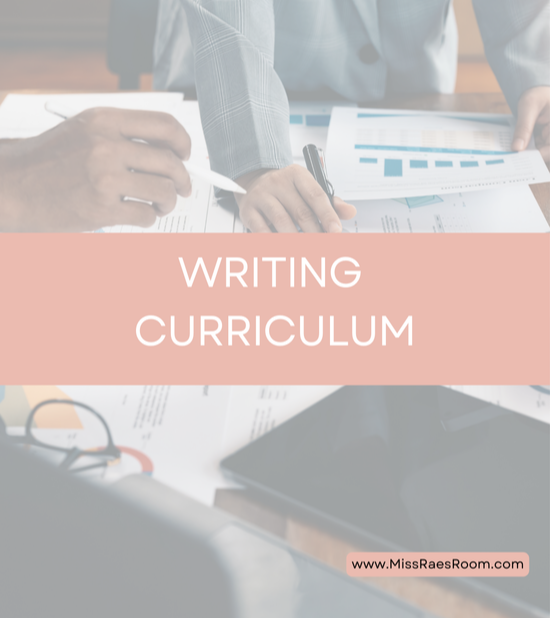
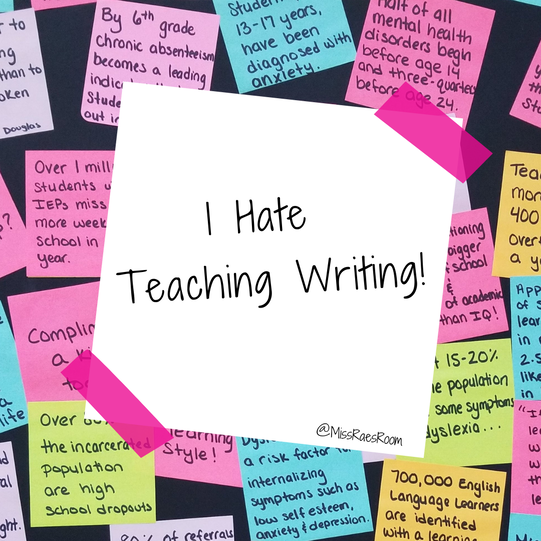
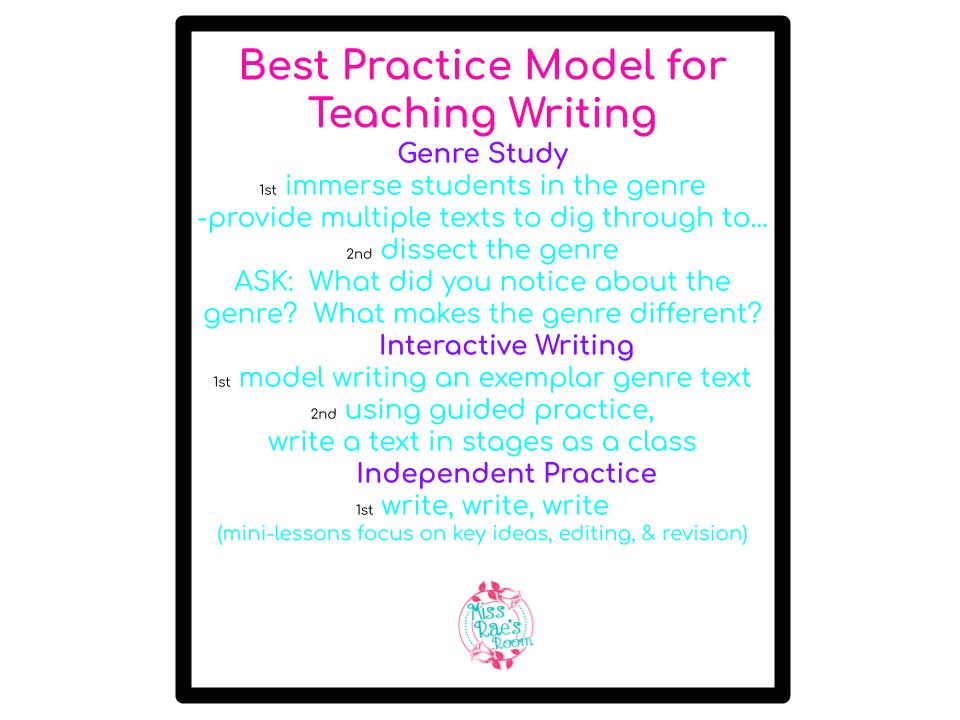


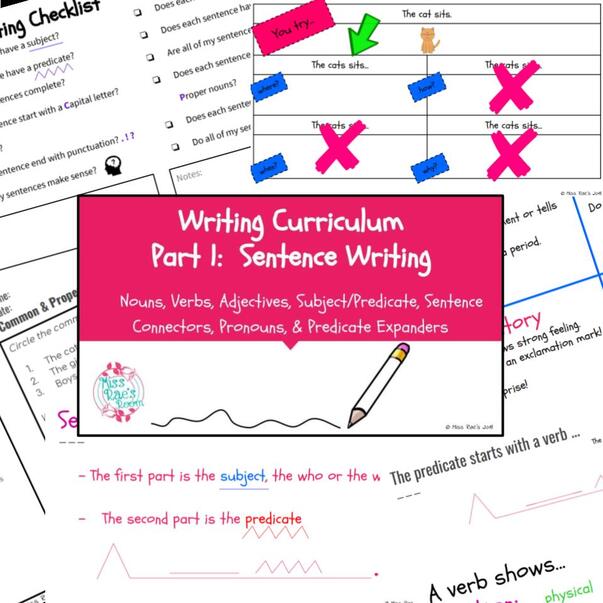
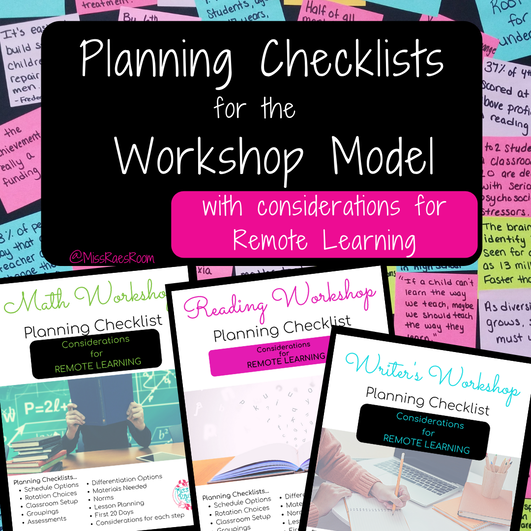
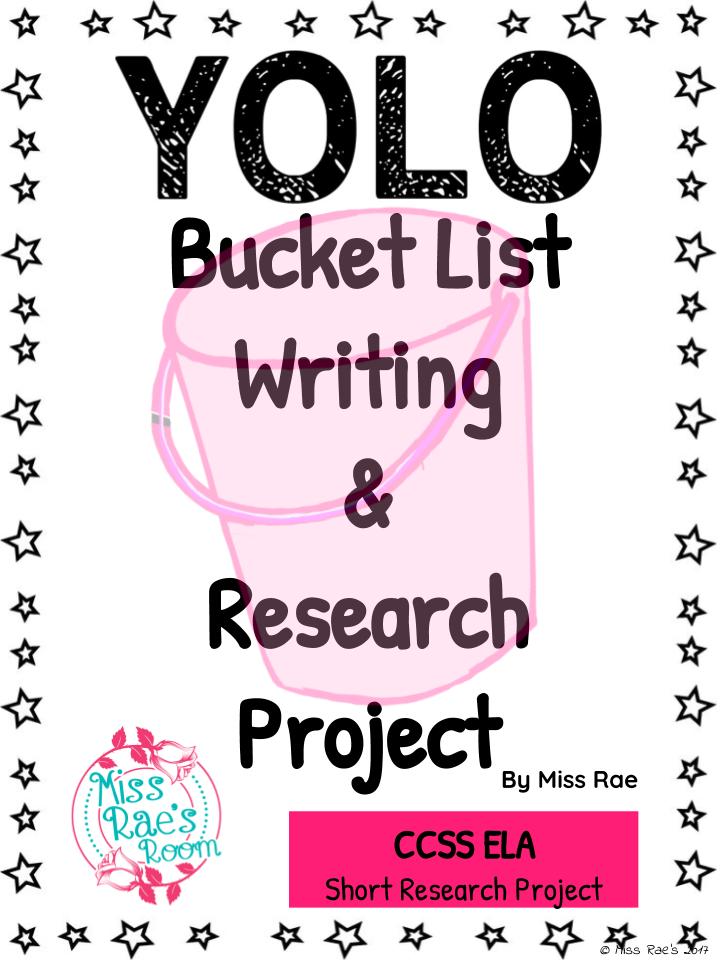
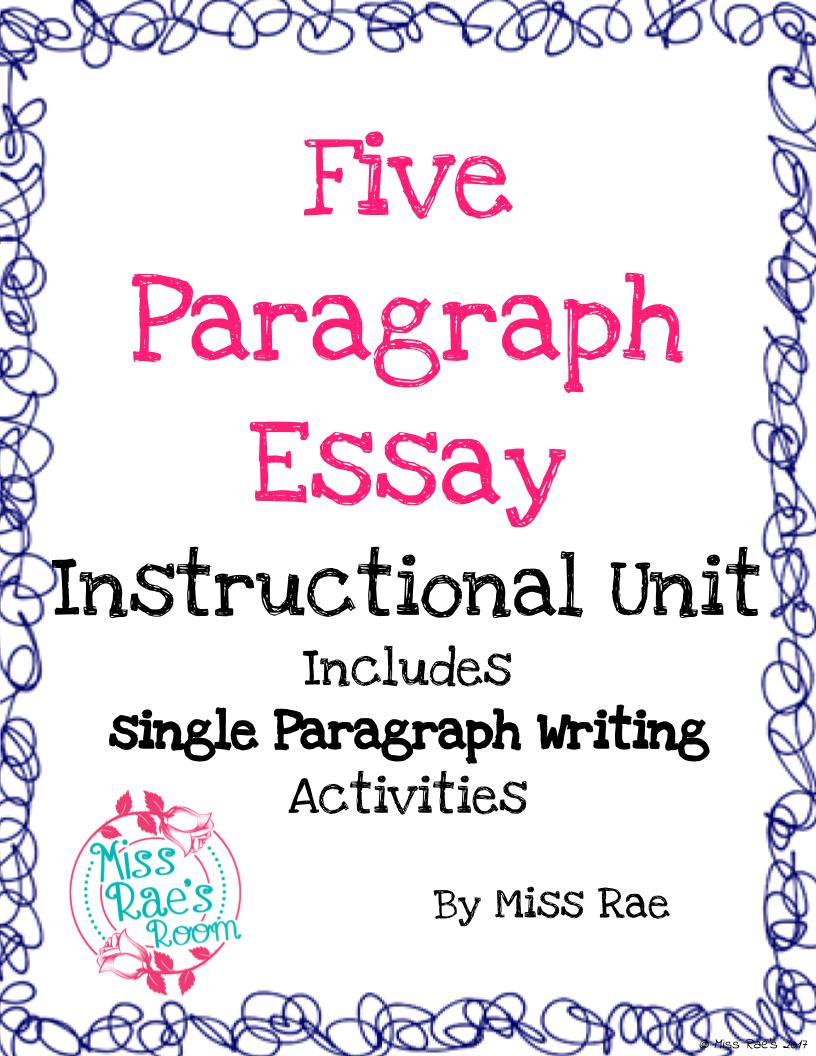
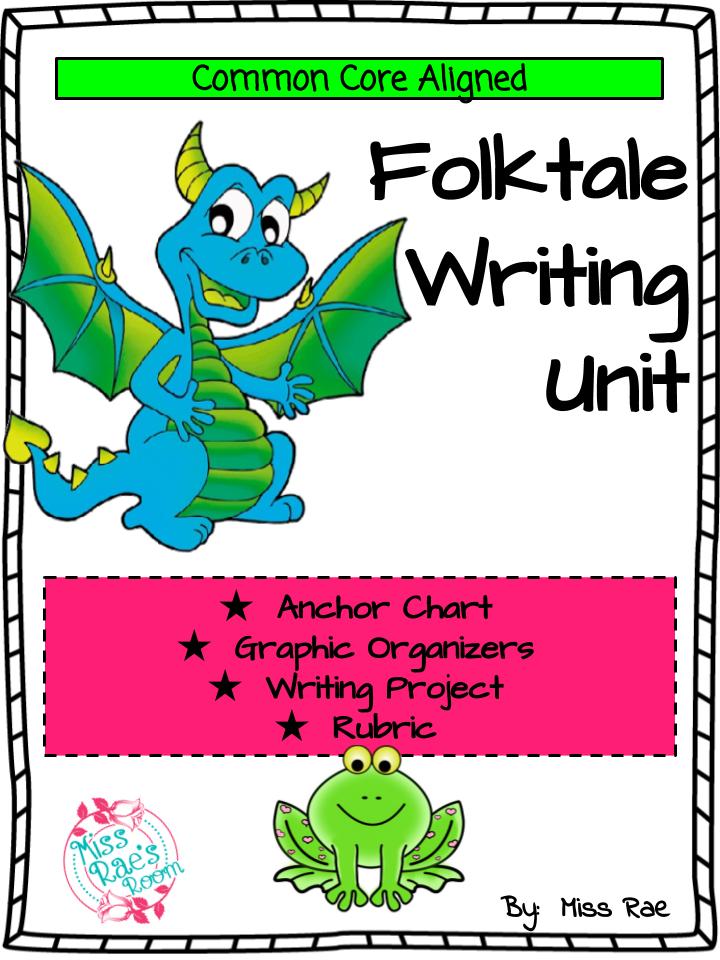
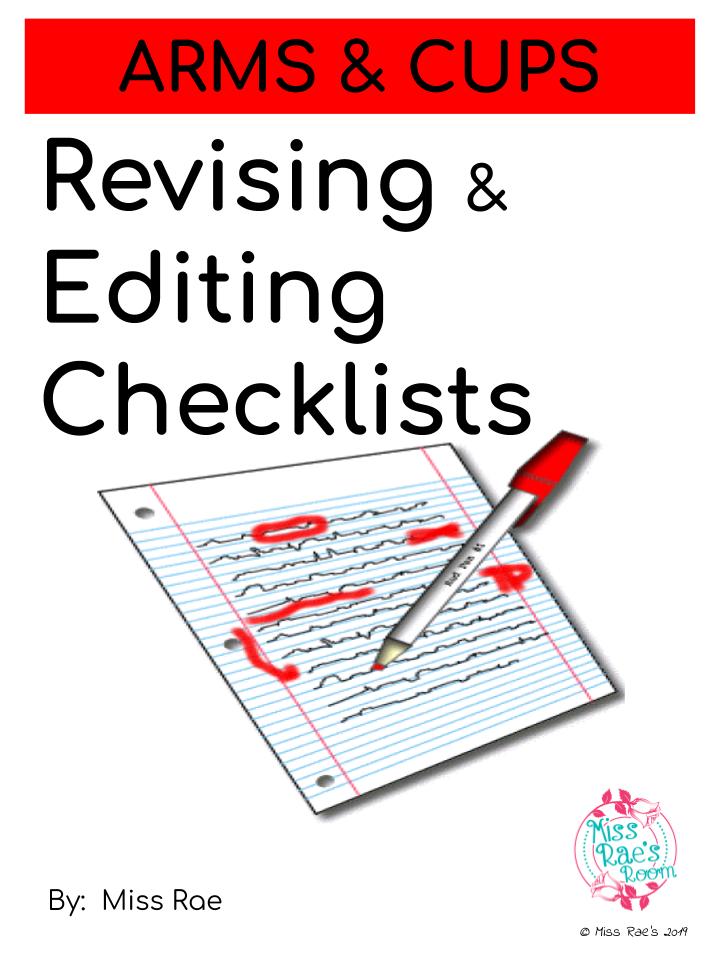
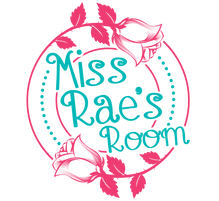
 RSS Feed
RSS Feed